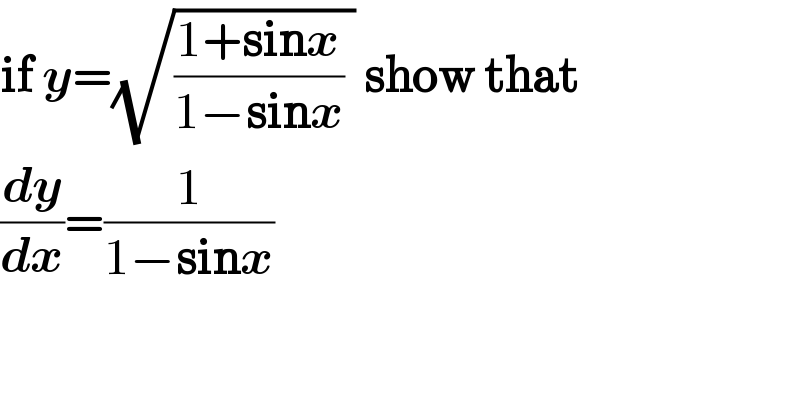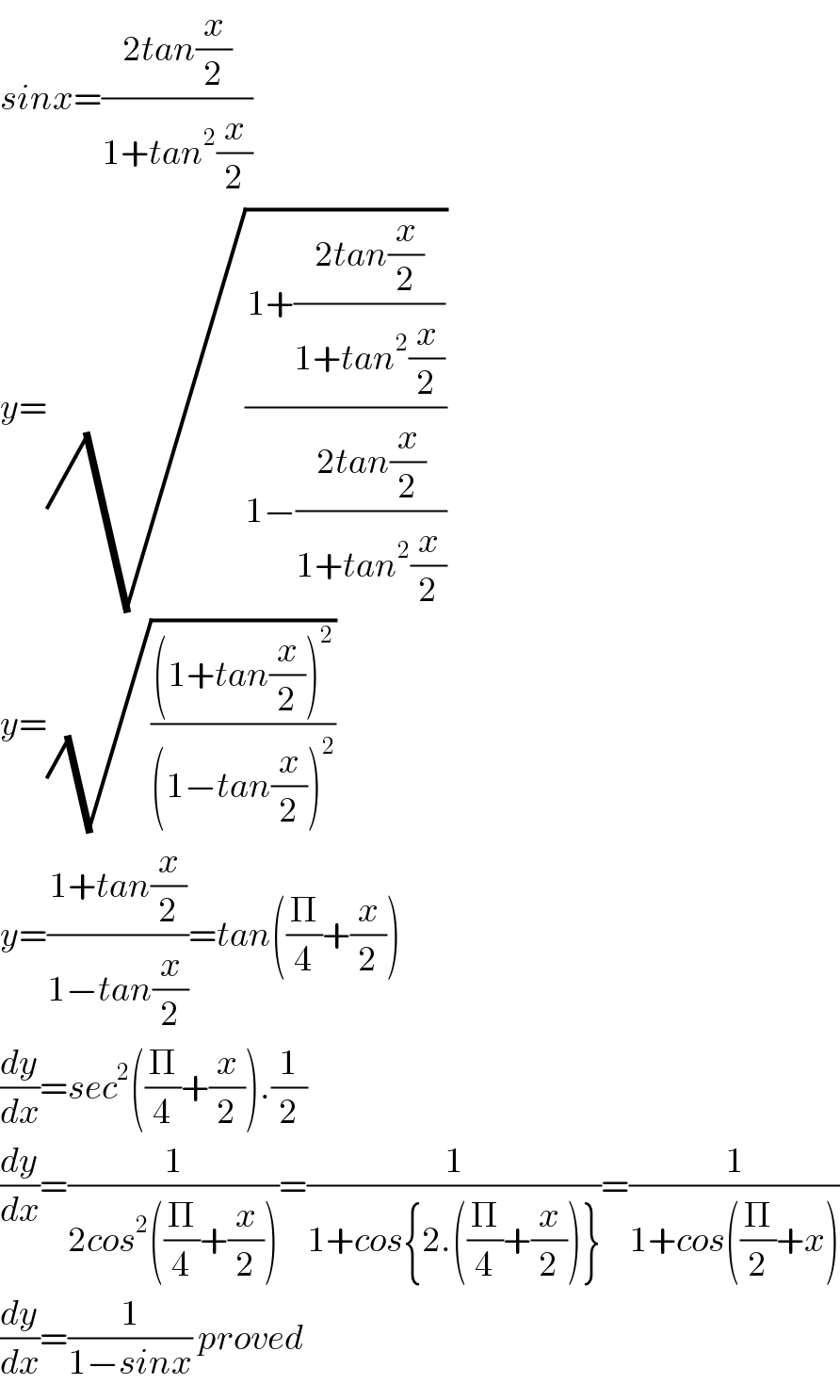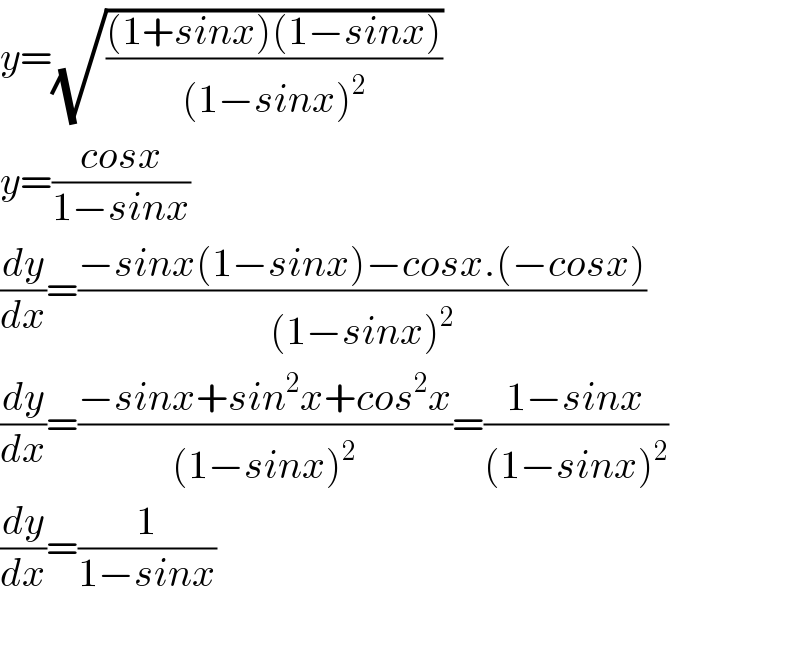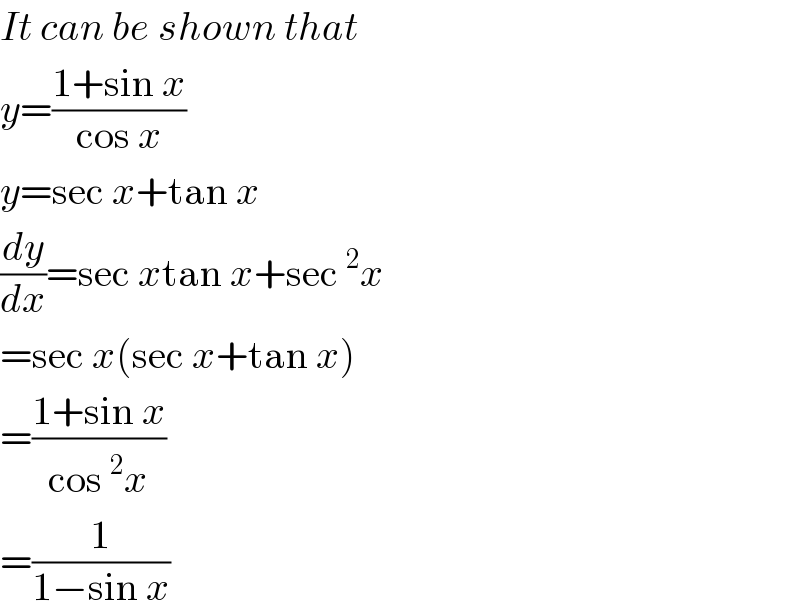
Question and Answers Forum
Question Number 41536 by mondodotto@gmail.com last updated on 09/Aug/18

Answered by tanmay.chaudhury50@gmail.com last updated on 09/Aug/18

Answered by math1967 last updated on 09/Aug/18

Answered by $@ty@m last updated on 09/Aug/18

